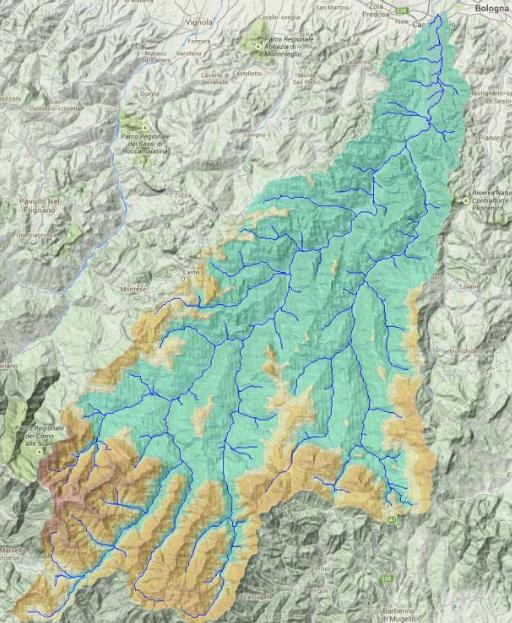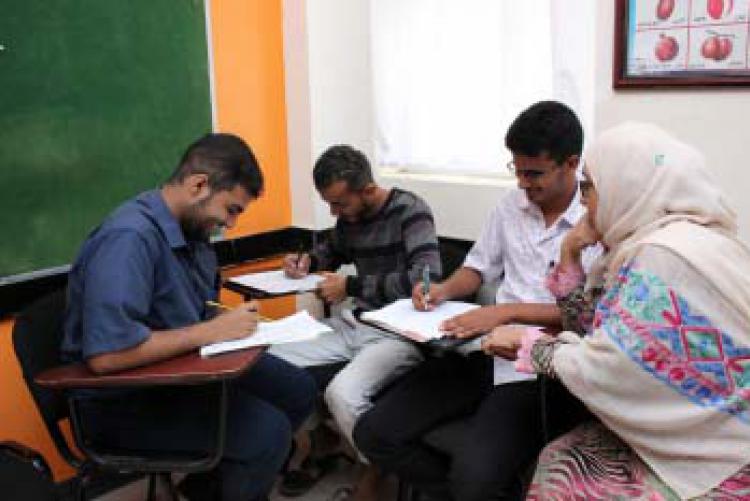This course covers the fundamental programming concepts and skills using Python programming language. Python has an easy-to-read and easy-to-write syntax and it comes with powerful libraries that are useful for environmental engineering applications. This course is intended for students with no or little prior programming experience. The course begins with a short introduction to python programming environments (command line, the Integrated Development Environment (IDE), Jupyter notebooks). Then, the course covers a range of topics, such as data types, variables, expressions, flow control, functions, loops, strings, files, collections, data manipulation using Pandas and data visualization using Matplotlib, and finally, applications and study cases. When the student finishes this course, he/she will be able to write python programs for a variety of hydrological applications and environmental engineering applications such as hydrological modelling, data and time series analysis, and remote sensing.
Upon the successful completion of this course, you will be able to:
- Write python code and handle errors.
- Explain the basic concepts of object-oriented programming.
- Create Python programs that analyse and visualize hydrological data.
- Implement Python programs for hydrological and environmental applications and case studies.

- Teacher: Jipke Koster - Zegwaard
- Teacher: Said Salah
Training on how to develop eLearning content on Moodle.
The aim of the Learn Moodle Course (LMC) is to provide hands-on experience and application to using Moodle platform for the purpose of creating a productive and effective online course. The LMC is aimed at new users of moodle to get the full idea of moodle’s functionalities.

- Teacher: Nikos Palavitsinis
This is a demo course that we are creating to test the capabilities of the OneTopic Moodle plugin
This is a crash course for trainers in projects where online trainings have to be implemented. It covers the didactics and the design of online trainings.
- Teacher: Elga Salvadore
- Teacher: Hans van der Kwast
 |
For many studies models are used or developed. During modelling courses not much attention is paid to the preprocessing of input data and parameters needed for the models. A lot of open source software is available for this purpose. Besides desktop tools with graphical user interfaces, scripting is very useful for processing large datasets and timeseries. With the skills learned in this course you will be able to more efficiently process your data and setup and improve your models. |



